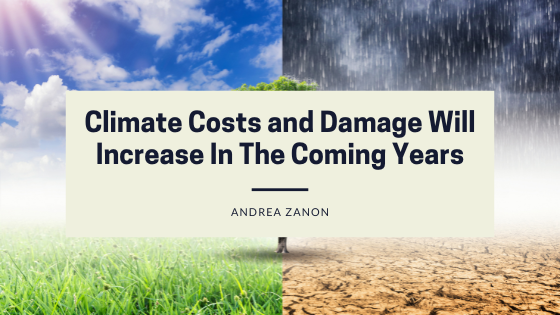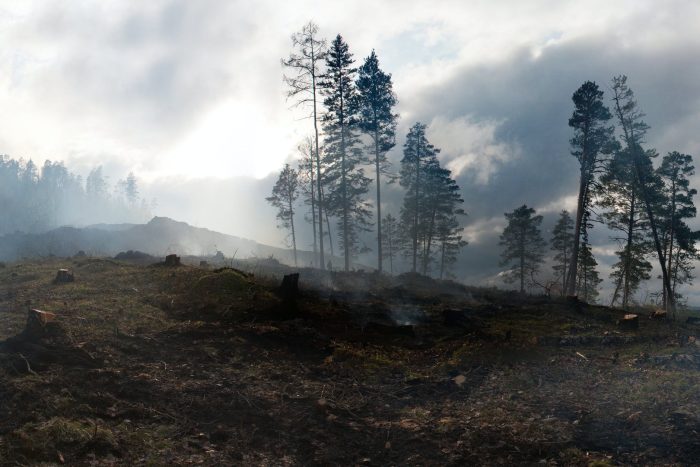The current world in which we live is a much different planet than the one from billions of years ago. For centuries, the earth has been enduring as well as responding to the plethora of changes that have been caused by time, nature, humans, animals, and many other factors. From major shifts in weather patterns and flora and fauna populations and behavior to the extreme rise in natural disasters and deadly diseases, these impacts keep accumulating year after year. Unfortunately, these account for only a small fraction of the total damage and losses that have been emerging all over the world.

One can probably see the most dramatic climate and variability changes in the weather. The frequency and intensity of devastating storms, hurricanes, tornadoes, tsunamis, monsoons, floods, droughts, uncontrollable fires, and other natural phenomena have been increasing astronomically over the past few decades. In fact, the EM-DAT (International Disasters Database) reveals that the number of climate-related natural disasters has nearly doubled since 1980 and that they are occurring in locations that have never previously experienced anything of the sort. The trails of global destruction, loss of life, heartache, and suffering left behind by these events have become wider, longer, and more relentless. In the United States alone in 2021 disaster events caused damage and losses corresponding to 2% of GDP. In terms of global financial losses, according to Munich-Re (the European Reinsurance Group), “the global monetary losses in 2020 were up 26.5% compared to 2019’s losses.” According to another insurance heavy weight, Swiss-Re, by 2050 Climate Change could cause $23 trillion in global GDP losses (in 2020 the global GDP was US$ 84,5 trillion), corresponding to 11 to 14 per cent off global economic output.
Along with the physical toll climate change has been taking on the earth and its elements, it has also all but depleted the medical field and the risk management communities of its members and resources as well. First responders, healthcare workers, disaster risk management units, local and federal government employees, and other groups and individuals have been pushed beyond their limits. Hospitals, medical offices, and other facilities have been forced to limit their availability or shut down entirely. Disaster relief funds, budgeting, supplies, and other forms of aid have been diminishing and even running dry in many cases. And of course, the economy has also been the main target, becoming increasingly more unstable, unpredictable, and volatile, and forcing companies, especially small businesses, to engage in mergers, acquisitions, or total closures.
Climate change has caused massive ripples of transformation and consequences that continue to travel through all industries, sectors, and continents. Experts predict that these shifts and their costs will only continue to intensify and spread over time; however, there are countless opportunities for you to take action. Remember, even a tiny change can produce a gigantic outcome.







Read 1 comment and reply